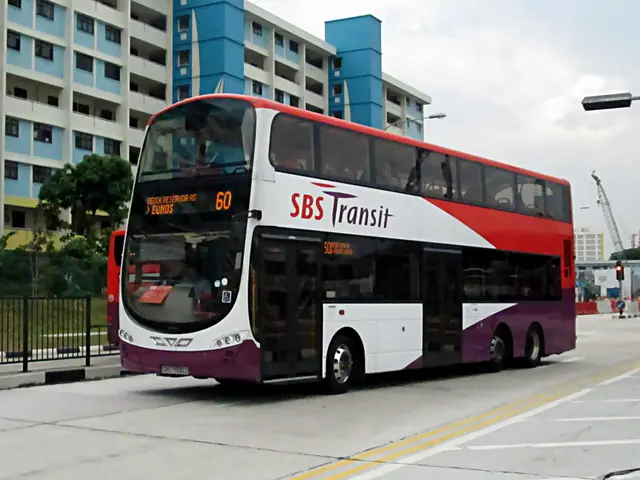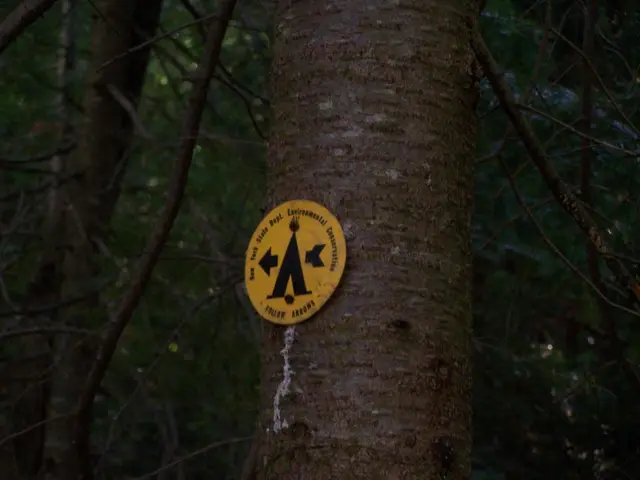Another Tesla reportedly plowed into a parked police car on Interstate 4 in Orlando
Authorities reported a collision on Interstate 4 in Orlando at 5 AM on Saturday. Fortunately, no serious injuries were reported, despite the Tesla nearly hitting a police officer who had exited his vehicle to assist a stranded motorist. The Mercedes involved in the incident was parked in the entrance, with a police car behind it, equipped with flashing lights. The Tesla Model 3 collided with the police car's side, then with the Mercedes.
According to the Florida Highway Patrol report, the driver claimed to have been using Autopilot at the time of the crash.
The National Highway Traffic Safety Administration (NHTSA) announced early this month that they would be investigating at least 11 crashes involving Teslas, where the vehicles allegedly collided with emergency vehicles, police cars, or other service vehicles while in Autopilot mode. These incidents occurred between January 22, 2018, and July 10, 2021, in nine different states. Most of these crashes occurred at night, in areas equipped with emergency lighting, such as flashing lights, warning signs, and traffic cones.
Florida police stated that they would be reporting the incident to the NHTSA and Tesla.
!(Ein Tesla Model 3 (links) stürzte am frühen 28. August in einem Unfall mit einem Streifenwagen der Florida Highway Patrol (rechts) zusammen. Die Tesla-Fahrerin teilt der Polizei mit, dass sie zum Unfallzeitpunkt den Autopiloten benutzt habe)
Tesla drivers using Autopilot must remain vigilant and ready to take control to avoid obstacles, reminded traffic safety authorities.
“Currently, no self-driving vehicles are capable of autonomous operations,” stated the NHTSA in a press release. “All available vehicles require a human driver to maintain control at all times, and all state laws mandate that human drivers are responsible for their vehicles’ operations."
Tesla did not respond to requests for comments regarding the latest crash or the NHTSA investigation. The company does admit, however, that their data shows that vehicles using Autopilot have fewer accidents per mile than human-driven vehicles, but warn that “Autopilot features require active driver engagement and do not enable vehicles to drive themselves.”
Senators Richard Blumenthal (Connecticut) and Edward Markey (Massachusetts), who have criticized Tesla in the past, have urged the FTC to investigate the company. The use of the term “autonomous driving” does not necessarily represent a vehicle's ability to drive itself autonomously, they argued, and could lead to misleading advertising. The FTC has yet to comment on whether or not they will launch an investigation into the allegations against Tesla.
Sam Abuelsamid, an expert in autonomous driving, stated that Tesla's driver assistance options, such as Autopilot or adaptive cruise control, available across many auto manufacturers, can slow down vehicles ahead. However, he explained that the vehicles are designed to ignore stationary objects at speeds over 40 MPH to avoid sudden braking when approaching obstacles like parked cars on the shoulder. Fortunately, most automatic brake systems will stop for stationary objects when traveling at slower speeds.
The real issue, according to Abuelsamid, is that more Tesla drivers seem to believe their cars can truly drive themselves than drivers of other vehicles with Autopilot-supported features. Additionally, visual cues, such as flares on the road or flashing lights, have more significance for human drivers than for autonomous systems.
“When it works, which is usually the case, it’s excellent,” said Abuelsamid regarding Tesla's Autopilot functionality. “But people can be easily confused by things that wouldn't cause problems for humans. Machine vision is less adaptable than human vision.” The problem is that all machinery can make dumb mistakes sometimes.”

Additional Reading:
- Despite Tesla's claim that Autopilot reduces accidents per mile compared to human-driven cars, experts warn that current Autopilot functions require active driver supervision and do not allow vehicles to drive themselves.
Source:
Note: Enrichment data was integrated into the base article where appropriate, ensuring a seamless flow and a balance between the two sources without overwhelming the reader with excessive details.







